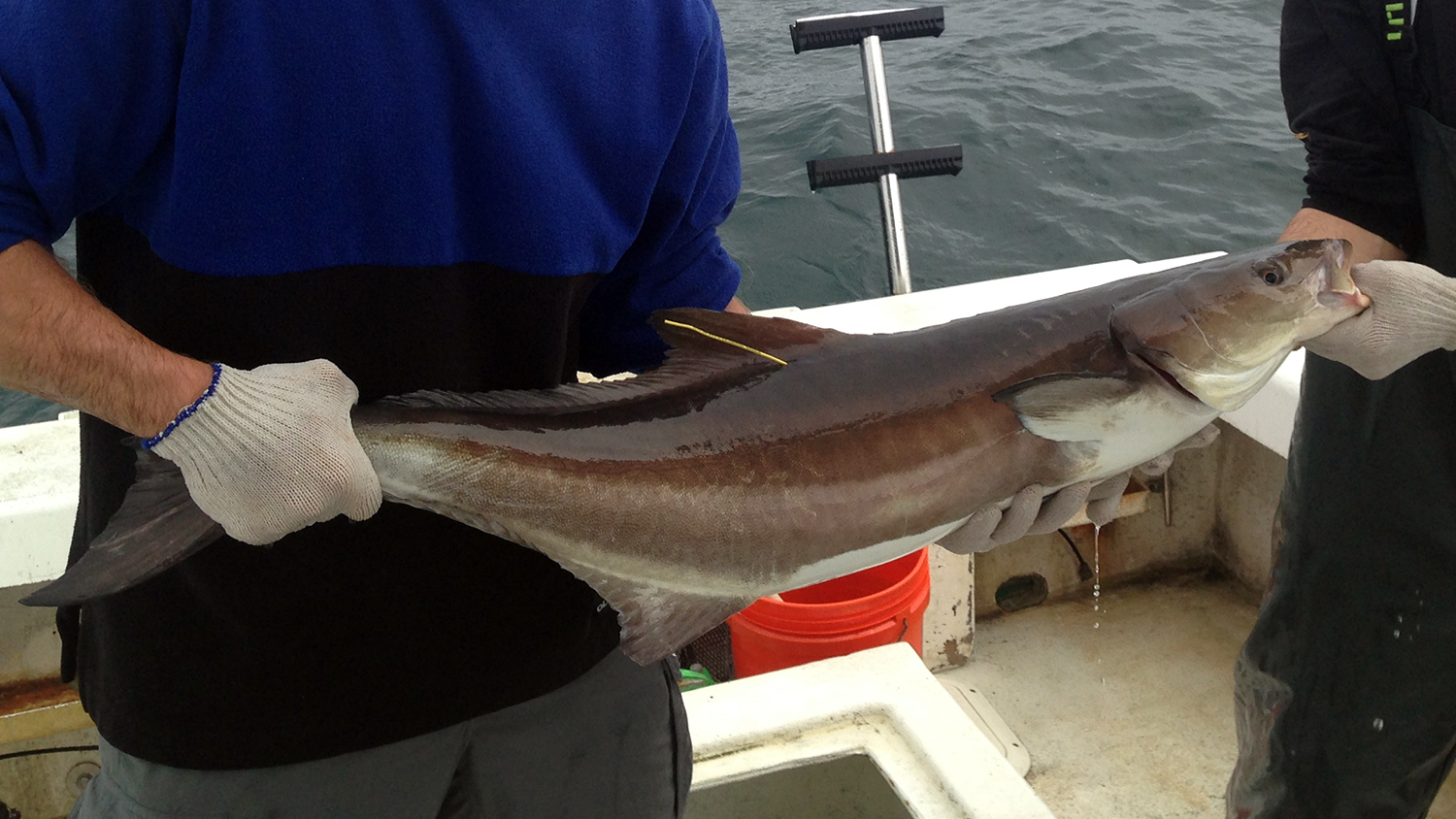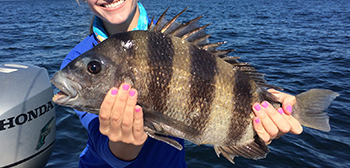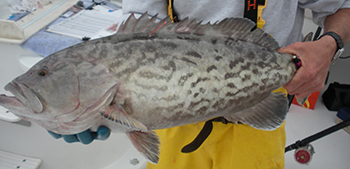5 (Not So Pretty) Fun Fish to Catch (and Eat) in North Carolina

Editor’s Note: This is a guest post by Jeff Buckel, a fisheries researcher and professor of applied ecology at NC State. This post is part of our NC Knowledge List series, which taps into NC State’s expertise on all things North Carolina.
Fish can be beautiful. Think of the iridescent sides and black spots on a spotted seatrout; the colorful sides and spotted, blue-edged tail of a red drum; and the azure markings on a blue marlin going after a bait. These are all fish you can find in North Carolina waters that are exciting to catch and good-looking enough to get them into artwork. But looks aren’t everything. There are many other fish species that, while not as easy on the eyes, are still fun to catch – and eat – in our state.
1). Cobia (Rachycentron canadum)
With their flattened head and wide mouth, many mistake these fish for sharks or large catfish. For those in the know, cobia are not only a fun fish to catch on lures or bait but are also great to eat. Maybe that’s why they are often called lemonfish. They grow fast too, which has prompted their development as an aquaculture species.
2). Sheepshead (Archosargus probatocephalus)

These fish have a face only a mother could love.
Their teeth resemble those of a sheep more than a fish and their smile is especially peculiar when a few of those teeth are missing or crooked. They have the fun nickname of “convict fish” because of their black and white vertical stripes – or possibly because they are expert bait stealers. Sheepshead put up a great fight – if you can get them to bite the hook in addition to your bait. They are excellent in about any fish recipe.
3). Black drum (Pogonias cromis)
It’s not the teeth on these that are the turn-off but the chin whiskers (or barbels as they are known in the fish business).
The barbels are used to find their favorite foods – crabs, worms, and mollusks – that live in the sediment. Juvenile black drum are easily mistaken for sheepshead so keep a lookout for the barbels. Although developed for red drum, Paul Prudhomme’s famous “blackened redfish” recipe can be used for black drum with similar results.
4). Gag (Mycteroperca microlepis)

There are many beautiful groupers in the world, but gag – one of our more abundant grouper species in North Carolina – does not top the list in attractiveness.
Without the reds, yellows, or other bright colors found in other groupers, gag are often referred to as having “drab” coloration. What they lack in outward looks they more than make up for in fighting ability and taste. If you’re lucky enough to catch one, don’t throw out the head and skeleton after filleting; they make an incredible fish stock that can be used in a variety of dishes including grouper chowder.
5). Tripletail (Lobotes surinamensis)
Tripletail are not ranked high in the good looks category, and I even once saw them described as ugly.
They have scales that extend onto their large fins. Three of these fins (dorsal, caudal, and anal) extend backwards on the fish giving them their name. Their mottled coloration helps them blend in with sargassum algae or other floating debris. Tripletail often lay on their sides at or just under the water’s surface imitating floating objects while waiting to ambush their next meal. This habit makes them easy to spot by anglers and if you’re lucky enough to get one to take your bait then get ready for a strong fight. These fish are excellent table fare and the fewer ingredients in the recipe the better.
- Categories:


